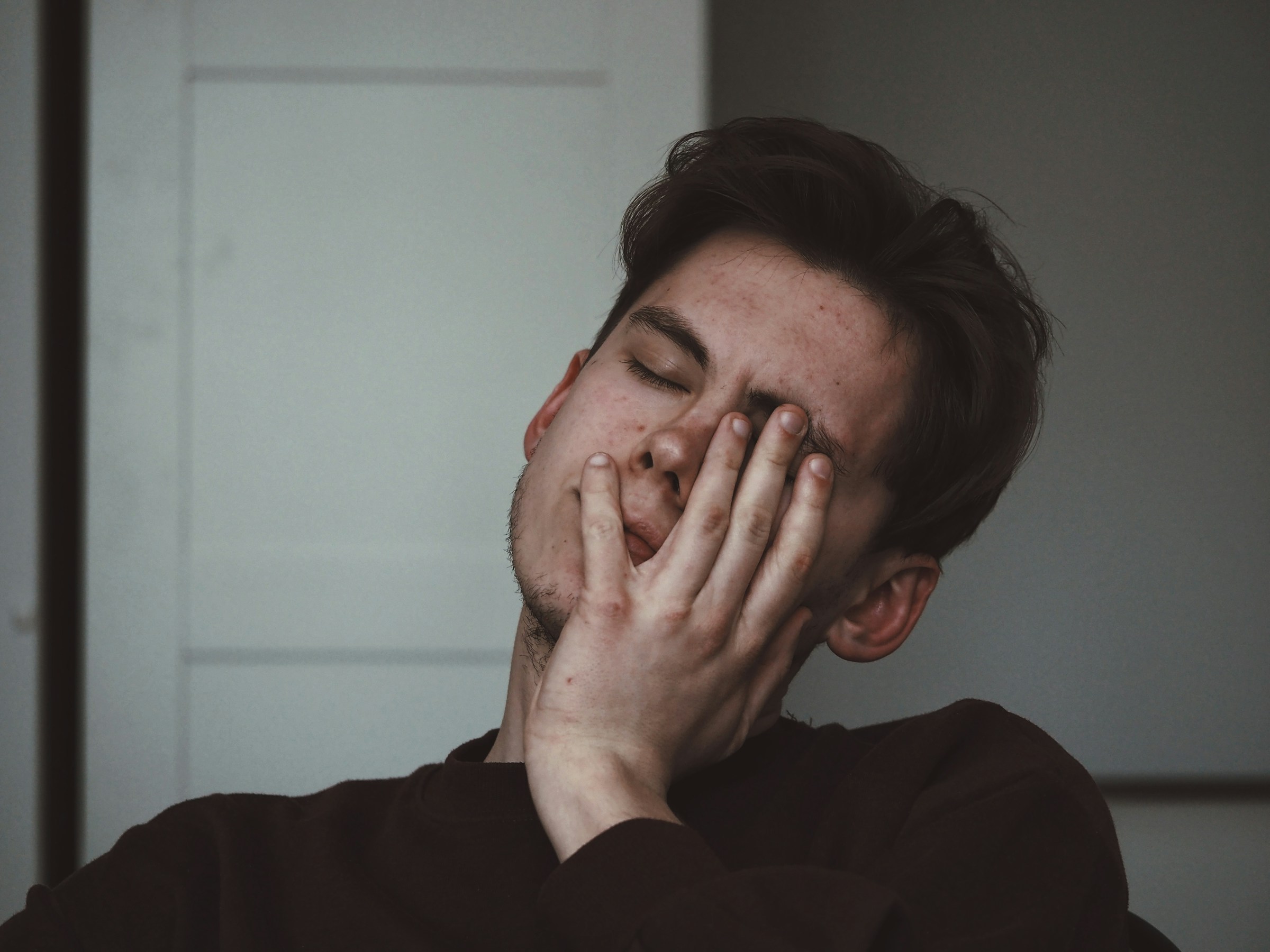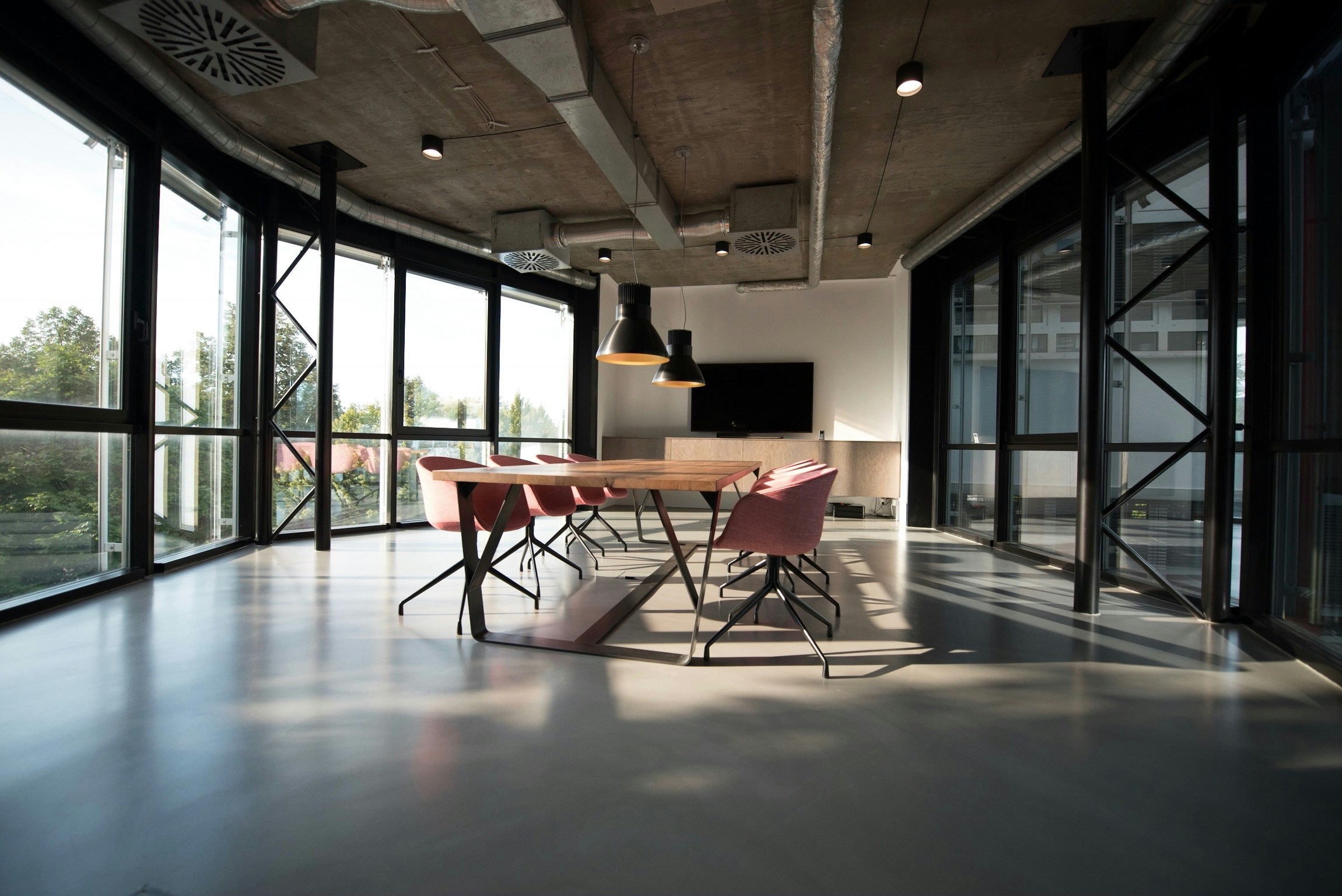Jet Lag Hacks: How Frequent Flyers Stay Fresh on the Move
Jet lag is not a barrier to discovery—it's a reminder that great journeys begin with mindful preparation. Travel smart, adapt fast, and let the world unfold at your freshest.
date
28.11.2024
Author
Rita El Houjairy - Sales Director

Traveling across time zones can be exhilarating, but jet lag—also known as desynchronosis—often follows close behind. Affecting everything from sleep and digestion to cognitive performance and mood, jet lag is more than just a minor inconvenience. For frequent flyers, mastering the art of staying fresh while traveling has become a vital part of maintaining health, productivity, and overall quality of life.
According to the Mayo Clinic, jet lag occurs when your internal body clock (circadian rhythm) remains aligned with your home time zone rather than adapting to your new destination. This misalignment can cause symptoms such as fatigue, difficulty concentrating, gastrointestinal issues, and irritability. The greater the number of time zones crossed, the higher the likelihood and severity of jet lag symptoms. In fact, a study published in The Lancet found that westward travel is generally easier to adjust to than eastward travel, yet both directions can lead to significant circadian disruption if not managed properly.
However, science-backed strategies and a few smart habits can help frequent flyers stay sharp, fresh, and energized no matter where in the world they land.
One of the most effective techniques is strategic light exposure. Light is the primary cue for resetting our circadian rhythms. According to research from Stanford University, exposure to bright light at the right time can accelerate adaptation to new time zones by up to 50%. Travelers heading east should seek morning sunlight at their destination, while those traveling west benefit from afternoon and evening light exposure. Using light therapy lamps during flights or upon arrival can also mimic natural sunlight and ease the transition.
Adjusting your sleep schedule a few days before departure can also make a notable difference. Experts from the Sleep Foundation suggest gradually shifting bedtime and wake time by 30 to 60 minutes each day toward the destination’s time zone. This pre-trip adjustment helps the body begin resetting its internal clock, making the final leap far less jarring upon arrival.
Hydration is another critical factor often overlooked by travelers. Airplane cabins are notorious for their extremely low humidity levels, often around 10% to 20%—far lower than the average indoor humidity of 30% to 50%. Dehydration exacerbates jet lag symptoms by intensifying fatigue, headaches, and dry skin. A study in The Journal of Physiology emphasized that staying well-hydrated during flights can improve blood circulation and cognitive alertness. Experts recommend drinking at least eight ounces of water for every hour of flight time and minimizing diuretics like coffee and alcohol.
Nutrition plays a pivotal role as well. The Argonne Anti-Jet Lag Diet, studied by the U.S. Department of Energy, suggests that alternating periods of feasting and fasting based on local time zones can help reset biological clocks faster. Eating lighter meals when adjusting and avoiding heavy, carbohydrate-rich foods on the plane reduces digestive strain and supports energy levels.
Movement and physical activity during travel are crucial. Prolonged sitting impairs circulation and exacerbates fatigue. According to a study by Harvard Medical School, simple in-flight exercises such as ankle rolls, leg lifts, and short walks every hour can dramatically enhance blood flow, reduce swelling, and stave off feelings of lethargy.
Sleep hygiene during flights also determines how fresh one feels upon landing. Wearing a sleep mask, using noise-canceling headphones, and sticking to a strict "sleep block" even on short-haul overnight flights can make a huge difference. Using melatonin supplements has been shown in multiple studies—including one published in Sleep Medicine Reviews—to significantly reduce jet lag symptoms when taken appropriately. Melatonin works best when timed carefully based on your travel direction and destination’s local nightfall.
Temperature control is another subtle but powerful trick. According to the National Sleep Foundation, a cooler environment promotes deeper sleep. Setting your cabin ventilation toward you, using layers to regulate your body temperature, and adjusting hotel room thermostats to around 18-20°C (64-68°F) can improve sleep quality both en route and at your destination.
Managing expectations is just as important as managing physiology. No hack can completely eliminate jet lag for extreme journeys. However, by combining scientific strategies, self-care routines, and mindfulness, frequent travelers can dramatically reduce the time it takes to adjust and maintain peak performance.
For business travelers, whose decisions and energy levels directly impact their success, prioritizing travel wellness is not optional—it’s strategic. In fact, a survey conducted by International SOS found that companies with wellness-focused travel policies reported a 30% improvement in traveler satisfaction and a 25% increase in on-trip productivity.
At Flyward, we not only curate exceptional travel experiences but also advise our clients on best practices for wellness on the move. Because in today’s fast-paced global landscape, staying fresh, focused, and resilient isn’t just a personal benefit—it’s a professional advantage.
The next time you cross time zones, remember: jet lag may be inevitable, but with the right preparation, its impact is not. Travel smarter, recover faster, and explore the world on your terms—with Flyward guiding you every mile of the way.


